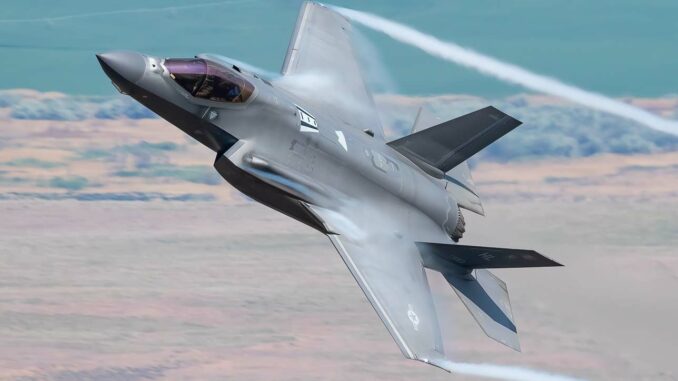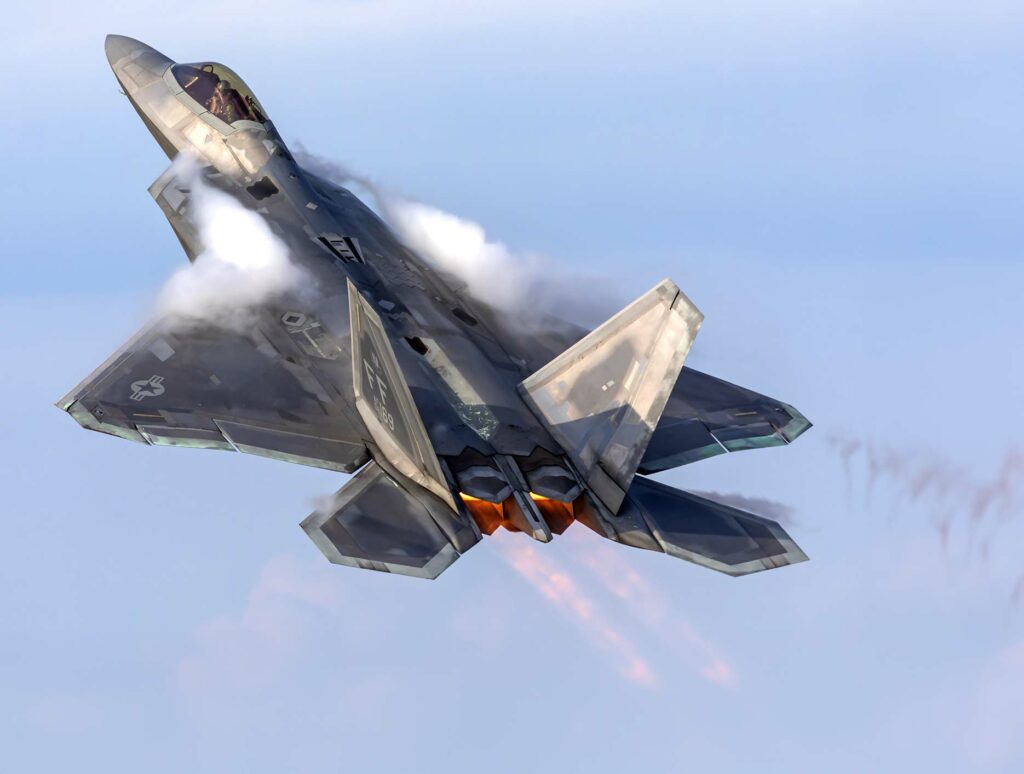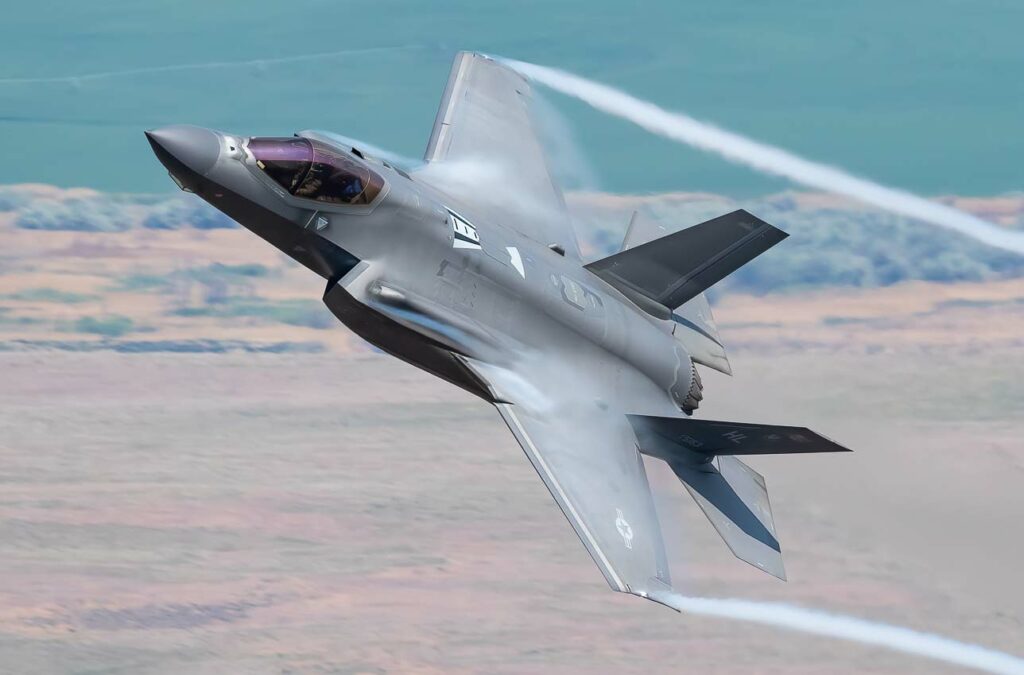
Find out why American fighter supremacy is a problem for the world: impacts on technology and air dominance.
Combat aviation is a field where technology and power meet, shaping not only military capabilities but also global geopolitical balances. At the heart of this dynamic, the dominance of American fighter aircraft manufacturers is asserting itself as a hot topic, raising questions about equity, security and innovation on a planetary scale.

Technological supremacy and its implications
Thanks to industry giants such as Lockheed Martin, Boeing and Northrop Grumman, the United States has developed fighter jets such as the F-35 Lightning II and the F-22 Raptor, embodying the pinnacle of aeronautical technology. These aircraft, with their stealth capabilities, advanced avionics and sophisticated weapons systems, represent a concentration of air power that far surpasses that of their rivals.
The F-35, for example, is a program costing around $1.5 trillion over its lifetime, reflecting a colossal investment in research and development. With supersonic speeds in excess of Mach 1.6 (around 1,930 km/h), and a combat range of over 1,200 kilometers, it symbolizes the vanguard of air dominance. But this technological superiority poses a dilemma: it creates an imbalance in global military capacity, prompting other nations to commit astronomical sums to an arms race in an attempt to catch up or counter this dominance.
Impact on global security
The pre-eminence of American fighter jets has a direct influence on military strategy and international diplomacy. Countries with strained relations with the United States could perceive this technological superiority as a threat, which could escalate tensions or incite arms proliferation. On the other hand, U.S. allies could become excessively dependent on U.S. military technology, compromising their own defense sovereignty.
Economic and industrial repercussions
The concentration of the fighter aircraft market in the hands of US manufacturers hinders industrial diversity and competitiveness. Barriers to entry are enormous, not only in terms of costs but also technology and expertise, limiting the ability of new players or emerging countries to develop their own aeronautical industries. This can lead to a situation where innovations are primarily dictated by US needs and prospects, reducing the potential for varied advances that could emerge from a more diverse landscape.
A question of balance and ethics
U.S. air supremacy also raises ethical questions. Military deterrence, while essential, must be balanced with the imperatives of world peace and stability. An arms race exacerbated by this dominance may not only deplete the world’s resources, but also increase the risk of conflict, whether intentional or inadvertent.

The dominance of American fighter aircraft manufacturers, while representing a triumph of engineering and innovation, presents complex challenges for the rest of the world. It calls on the international community to strike a balance between technological advances, global security and geopolitical stability. Nations must work together to create an environment where technological competition is balanced by international cooperation and a shared commitment to global peace and security.
War Wings Daily is an independant magazine.